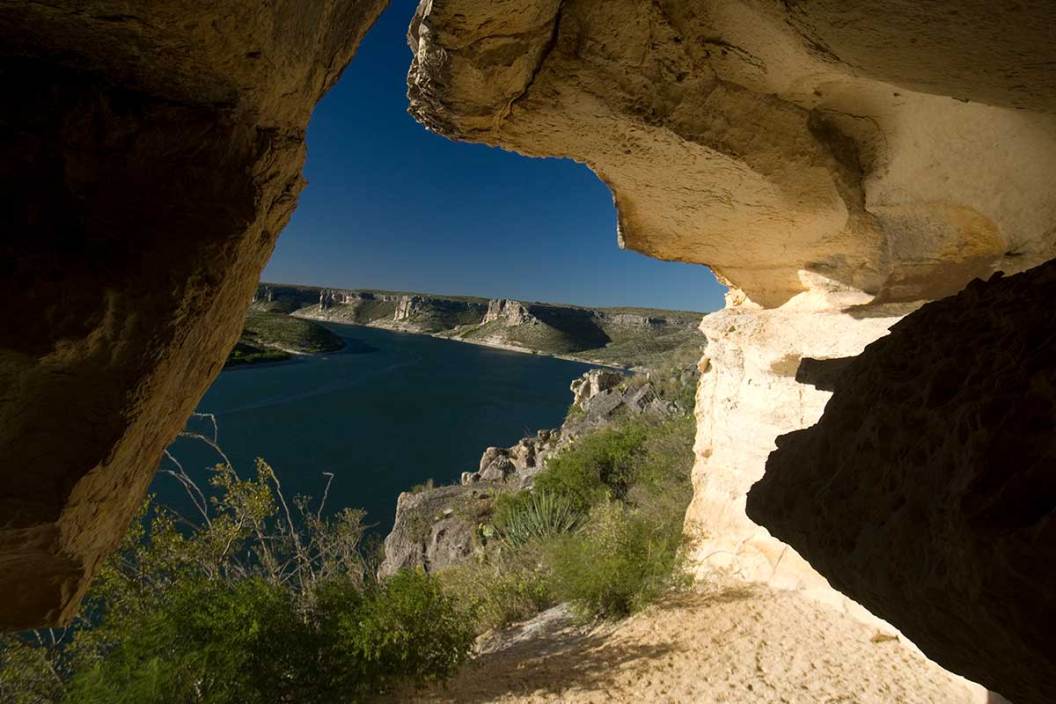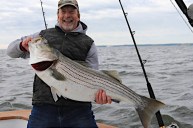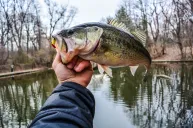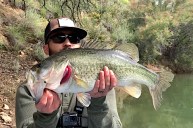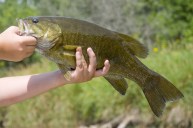Here's what you'll catch and when to take your next fishing trip to Amistad Reservoir.
Lake Amistad is a reservoir on the Rio Grande where it meets with Devils River, just out side Del Rio, Texas and about three hours west of San Antonio. On the American side is Amistad National Recreation Area, with the Mexico border on the south side of the 100-square-mile lake.
A good portion of the reservoir is filled with hydrilla and other aquatic vegetation, creating a great environment for some exciting Texas fishing.
Lake Amistad Bass Fishing
The Amistad Reservoir is best known for its excellent bass fishing. Anglers have hooked largemouth bass weighing more than 15 pounds, and the lake also holds smallmouth bass, striped bass, and white bass.
Largemouth fishing can be great through fall, winter, and spring. Experts recommend topwater baits and buzzbaits in early in the morning and late in the evening. For dropoffs and rocky areas, crankbaits are your best bet. During the midday, switch to Texas and Carolina rigged worms and head for deep water near vegetation. For white bass, the spring spawn offers the best odds.
It's primarily dominated by rocky structure, and the reservoir has lots of rock ledges, steep rocky drop offs and rocky points and shorelines. The maximum depth is 217 feet of water, and public access facilities provided by the Texas Parks and Wildlife Department (TPWD) can be found here.
Other Sportfish in Lake Amistad
Amistad Reservoir offers more than just big bass. You'll also find plenty of carp and crappie in the lake as well as both channel and blue catfish - occasionally even some flatheads. Anglers have the most success using stink bait or cut bait for these big fish.
If you'll be fishing Lake Amistad on the American side, you'll need a TPWD fishing license. For fishing the Mexican waters, anglers and boaters need to follow a different set of regulations for fishing and boat ramps, so be sure to do your research and follow all local guidelines. To learn more you can check out the National Aquaculture and Fishing Commission.
If you're unsure where to go and want some expert advice, it's always worth it to book with an experienced fishing guide service.
